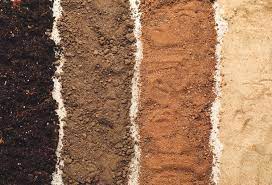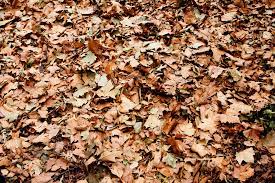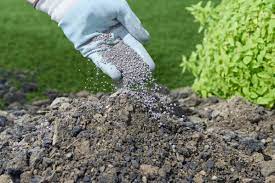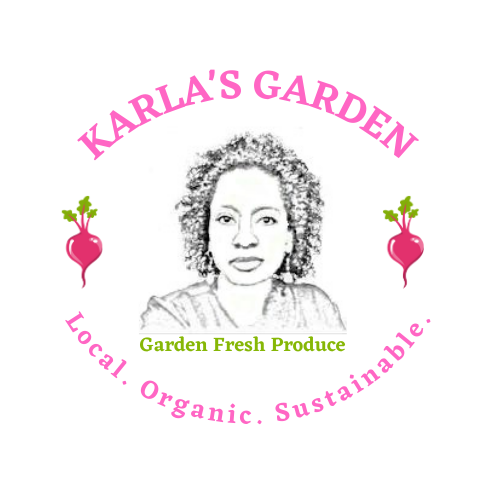Soil is the foundation of any garden, and the time and effort you give to improving your soil is repaid by the healthy plants and abundant harvest you receive in return.
Good soil reduces weeds, and holds enough moisture to keep plants hydrated during the heat of the day while allowing excess water to drain quickly during heavy rains.
Learning how to understand your soil is the first step towards happy gardening. Soil is composed of four main elements: Mineral matter, air, water, and organic matter. The size and proportions of mineral matter give the soil its texture, which determines its type.

Types Of Soil
- Sandy Soil is light and easy to dig. However, sandy soil does not hold moisture or nutrients and heats up quickly.
- Silty soil is heavier than sand, and has poor drainage which causes the surface to form a crust when dry.
- Loam is a term used to describe soil that is well balanced and high in organic matter.
- Clay Soil is very heavy and difficult to dig. Clay has plenty of plant nutrients but stays wet longer than other soils due to its tight texture, making the nutrients unavailable to some plants. Adding good amounts of organic matter will improve clay soil greatly.
Improving Your Soil
Whether your soil is clay, sand, or somewhere in between, you can always improve it by adding organic matter, minerals, and fertilizer.
Adding organic matter will improve the soil’s structure. This helps sandy soil to stick together and retain moisture, while clay soil will benefit from the air pockets the organic matter creates and improve drainage.
Types of Organic Matter:

- Grass clipping
- Old leaves
- Rotted manure
- Wood chips
- Straw
- Recycled plants
Adding Minerals will both amend the soil and fertilize it. Conditioning the soil over months slowly.
Types of Minerals:

- Lime raises the soil’s PH.
- Rock Phosphate is a slow-release material that stays in the soil for up to 5 years.
- Gypsum supplies calcium and breaks up heavy clay.
- Green sand is a good source of slow-release potassium.
- Soil Sulfur lowers the PH of alkaline soil.
Types of Organic Fertilizers:
- Animal manure
- Compost
- Fish Meal
- Soybean Meal
- Alfalfa Meal
Improving soil takes time, adding minerals and organic matter will make a big difference. However, it’s not a one-time fix. At least once a year you should reapply organic matter to give back what has been removed by that year’s plantings.
For garden pictures and ideas, follow me on Instagram, Happy gardening!

